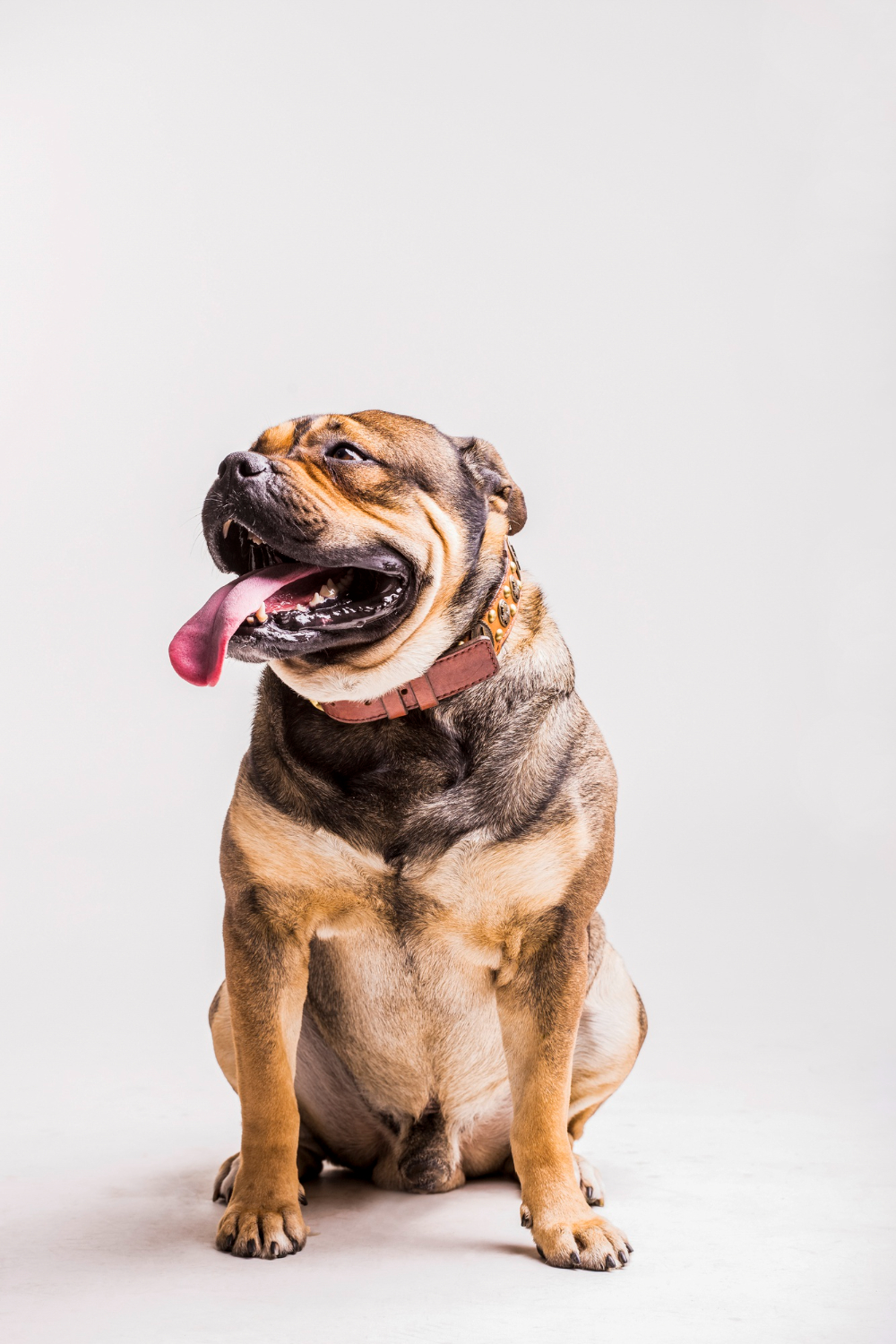Pairing Toddlers With a Dog – A Mistake in the Making
 Toddlers and dogs are an explosive mix. While they look cute, and family dogs typically express their most loyal traits to human owners, the scenario is quite dangerous. Every year, there’s a story of a toddler who has been seriously bitten by a family dog, usually in the face. Much of this might have been avoided if the owner had listened to their pet and not created the risk in the first place.
Toddlers and dogs are an explosive mix. While they look cute, and family dogs typically express their most loyal traits to human owners, the scenario is quite dangerous. Every year, there’s a story of a toddler who has been seriously bitten by a family dog, usually in the face. Much of this might have been avoided if the owner had listened to their pet and not created the risk in the first place.
Table of Contents
Imbalanced Setup for a Dog
Most family dogs are usually fully grown by the time a toddler comes around. That means, they have not socialized with the young human at a puppy stage and oftentimes treat a toddler as a fully thinking being. Worse, the toddler is much smaller than an adult human which, to a dog, means a challenge that is easier to handle. Dogs rarely growl first at anything their size or close. Instead, when they give a warning to stay away, it’s in the form of a quick nip or bite and baring the teeth. For a toddler, that’s a nightmare. Given the fact that little children have little control and stick their hands and faces into everything, getting badly bit is a very real possibility with an irritated dog.
Keep Separation for Safety
Unless an adult is right next to the toddler, which of course warns the dog to watch out, the toddler should be kept separate from the animal. One of the best ways to do this involves modular clear-view wall units like those provided by Clearly Loved Pets. They allow both the dog and toddler to see everything on the other side, even allowing for some visual interaction, but the dog can’t reach the toddler and, more importantly, the toddler can poke or irritate the dog. It also allows the dog to get away from the child rather than biting to signal its annoyance.
Always Respect an Animal’s Nature
Dogs are highly domesticated animals that are accustomed to being around humans. However, they are born with instincts that are programmed in a canine brain and, no matter how much a dog has been raised with humans, it is still an animal. Respecting a dog avoids placing the animal in a poor situation with a toddler. Forget about the Hollywood stories of a protective-loving family dog. Instead, give your pet a place for visual interaction but safety and separation from a young child. When the child is older, there will be plenty of time for tactile interaction and direct involvement. For now, learn to respect your dog’s boundaries.









